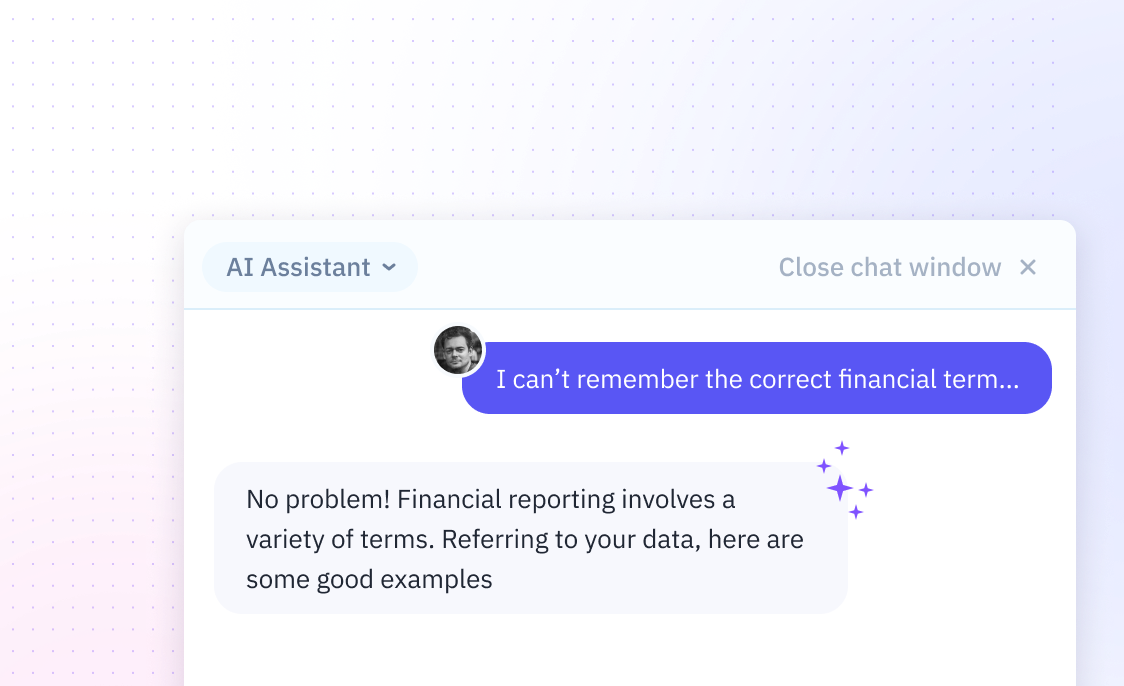
How To Convert Word To Excel Sheet In Excel
Introduction
Converting Word documents to Excel spreadsheets can streamline data analysis and organization.
This page provides a detailed guide on the conversion process, catering to a variety of user needs.
You'll discover why Sourcetable, an AI-powered spreadsheet tool that lets you analyze data through natural conversation instead of complex Excel functions, offers a more efficient solution - try Sourcetable now to transform your data analysis workflow.
How to Convert Word to Excel Sheet
Preparing Your Word Document
Start by opening the Word document you want to convert. If the document contains a table, select it.
Converting Entire Word Document
Save the Word file as a .txt to retain information in a compatible format. In Excel, access the 'Data' tab and select 'From Text/CSV' to import the .txt file. Adjust data layout with the 'Text Import Wizard', and load the data into Excel.
Converting Word Table to Excel
Copy the selected table from Word and paste it into an Excel spreadsheet. Each cell from the Word table will correspond to an individual cell in Excel. Use Excel's 'Text to Columns' feature if needed to organize data efficiently.
Cleaning Up Data Post-Conversion
Once pasted, clean the data for Excel's calculation features. Align numbers and dates correctly, remove extra spaces, and ensure text is formatted properly for analysis and presentation in Excel.
Optimizing Word to Excel Conversion
Excel surpasses Word in filtering, sorting, and applying formulas, making it a superior tool for data analysis. Convert Word to Excel for more robust data-driven decisions without compromising on formatting or data security.
Additional Uses in Excel
After conversion, utilize Excel's advanced features for creating flowcharts, maps, fishbone diagrams, project roadmaps, databases, timelines, calendars, sprint planning, and comprehensive reporting.
Advantages of Using Excel
Excel's powerful data manipulation capabilities allow for better handling of tabulated data, providing an ideal platform for both analysis and presentation over Word.
Word to Excel Conversion Use Cases
Creating Data Compilations from Textual Reports
Transform lengthy text-based reports into organized spreadsheet data. This allows for easier analysis and comparison of information across multiple reports, making it simpler to identify trends and patterns.
Analyzing Qualitative Research Data
Convert interview transcripts, field notes, and other qualitative research materials into structured Excel formats. This enables researchers to code, categorize, and quantify their findings more effectively.
Building Sortable Databases from Documents
Transfer document content into Excel databases that can be easily sorted, filtered, and searched. This transformation makes information retrieval more efficient and allows for better data management.
Developing Financial Spreadsheets
Convert financial documents into organized Excel budget sheets. This enables automatic calculations, formula applications, and better financial tracking and forecasting capabilities.
Processing Survey Response Data
Extract survey responses from Word documents and organize them in Excel for statistical analysis. This conversion facilitates data visualization, statistical calculations, and the creation of meaningful insights from survey results.
Excel vs Sourcetable: Traditional vs AI-Powered Spreadsheets
While Excel relies on manual functions and formulas for data analysis, Sourcetable revolutionizes spreadsheet work with its AI-powered approach. Instead of learning complex Excel features, users can simply chat with Sourcetable's AI to create spreadsheets, analyze data, and generate visualizations. Try Sourcetable at https://app.sourcetable.com/ to answer any spreadsheet question instantly.
AI-Driven Analysis vs Manual Functions
Excel requires users to know specific functions and formulas for data analysis. Sourcetable's AI chatbot eliminates this learning curve by generating analyses, sample data, and spreadsheets through natural language conversations.
Data Processing Capabilities
While Excel has size limitations and can slow down with large datasets, Sourcetable handles files of any size and connects directly to databases for seamless analysis.
Visualization and Reporting
Excel requires manual chart creation and formatting. Sourcetable's AI automatically transforms data into stunning visualizations and charts based on simple text requests.
Ease of Use
Excel's traditional interface demands technical expertise. Sourcetable eliminates the complexity by letting users describe what they want to accomplish in plain language to its AI assistant.
Frequently Asked Questions
What are the basic steps to convert a Word document to Excel?
1. Open and save the Word document as Plain Text (.txt) 2. Open Excel and click New 3. Click Data and select 'From Text/CSV' 4. Select your Word document 5. Make any needed adjustments 6. Click Load
Do I need to save my Word document in a special format to convert it to Excel?
Yes, you need to save your Word document as Plain Text (.txt) format before converting it to Excel
Where do I find the option to import my Word document in Excel?
After opening Excel and clicking New, go to the Data tab and select the 'From Text/CSV' option
Conclusion
Converting Word documents to Excel sheets is just one of many tasks that Sourcetable's AI chatbot can handle effortlessly. Instead of wrestling with complex Excel functions and manual processes, Sourcetable lets you communicate naturally with AI to create, analyze, and visualize your data. By simply uploading your files or connecting your database, you can leverage Sourcetable's powerful AI to perform any analysis you need.
Sourcetable eliminates the need to learn complex spreadsheet functions or spend hours on manual data manipulation. Whether you need to generate sample data, create stunning visualizations, or perform in-depth analysis, Sourcetable's AI chatbot understands your needs and delivers results instantly. This revolutionary approach transforms how teams work with data, making advanced analytics accessible to everyone.
Transform your data workflow with AI-powered simplicity. Sign up for Sourcetable today and let AI answer all your spreadsheet questions.






